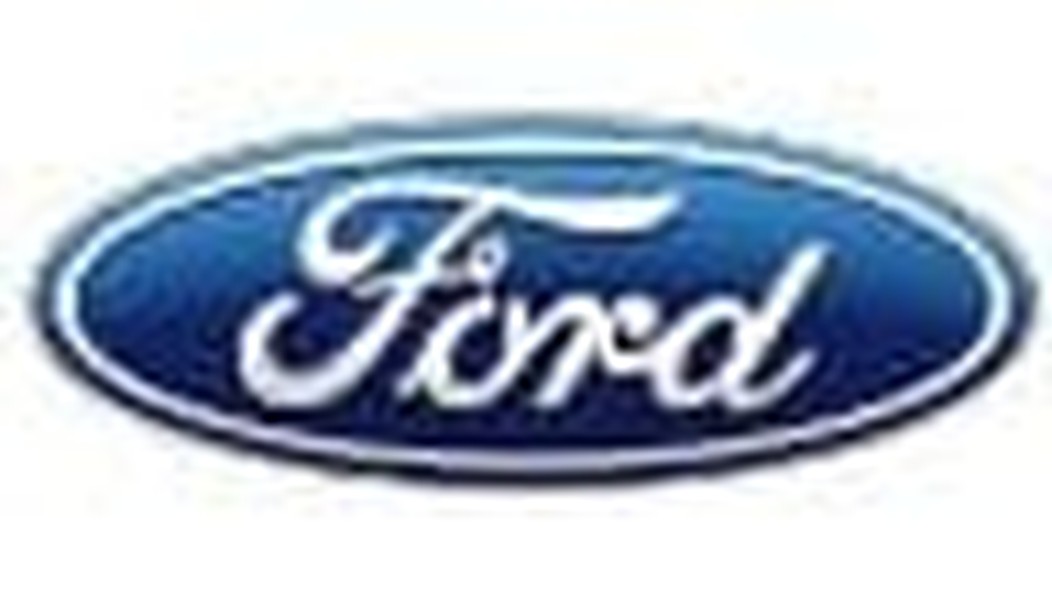Maybe Ford Motor Company management can be forgiven for not taking seriously the American Family Association (AFA’s) call for its members to boycott the automaker in May 2005.
The conservative Christian group launched the crusade against the second-largest U.S. automaker for giving money to gay rights groups, offering benefits to same-sex couples and actively recruiting gay employees.
(Note: Yours truly does not support the AFA boycott, has one relative currently working for Ford, and another who is a Ford retiree.)
Several Ford dealers, recognizing the threat, convinced the AFA to suspend its boycott while they tried to convince the company to be less aggressive in promoting gay-agenda causes.
Ultimately, the dealers failed to change minds at the company’s Dearborn, Michigan headquarters.
AFA put the boycott back on in March 2006. AFA’s position, stated at its boycottford.com site, is that “Ford could have easily avoided this boycott had they desired to do so by simply remaining neutral in the cultural battles.”
The boycott has been in force, and has grown in force, ever since. The fact that that it has teeth is difficult to dispute:
- The AFA’s home page claims that over 778,000 have signed its boycott petition.
- The AFA itself claims to have over 3.3 million supporters.
- Boycottford.com lists over 30 suporting organizations.
- It is likely that each boycott supporter, AFA member, and at least some members of the other boycotting organizations have influenced three to five others not to buy Ford products.
- That would mean that there are somewhere between 12-20 million Americans who will not buy Ford products.
In the 22 months since the boycott began, the company has suffered staggering losses in US sales volume:

The dropoffs at Ford are far worse than those seen during the same time period at the company’s Metro Detroit counterparts at General Motors and Chrysler.
There are, of course, other contributing factors, including a weak product line and the company’s conscious effort to reduce low-profit fleet sales. But despite the fact that the US mainstream media has paid almost no attention to it, there’s little doubt that the AFA boycott has contributed to a substantial portion of Ford’s pain.
Now the company may be on the brink.
Less than two years after about 33,000 employees left the company during a round of buyouts, the company is going to the buyout well again, to a degree that I believe is unprecedented, and with the cooperation of the United Auto workers, creating a staggering difference between the experienced haves and the newbie have-nots on the shop floor (bold is mine):
Ford Motor Co. will offer buyout and early retirement packages to 54,000 U.S. hourly workers, or 93 percent of its hourly work force, in an effort to cut costs and replace those leaving with lower-paid workers. Thursday’s announcement came as Ford said it narrowed its losses in 2007 but warned that the outlook for U.S. sales in 2008 remains grim.
[…] Ford lost $2.8 billion, or $1.30 per share, in the fourth quarter, narrower than a loss of $5.6 billion, or $2.98 per share, in 2006. The full-year loss of $2.7 billion, or $1.35 per share, was significantly better than 2006, when Ford lost $12.6 billion, or $6.72 per share.
[…] Under Ford’s new contract with the UAW, which was signed in November, Ford can pay new workers $14.20 per hour, or about half the wages of a current worker. Under the contract, up to 20 percent of Ford’s U.S. hourly work force may be paid at the lower wages.
Ford’s official results announcement noted that, excluding special items, “Fourth-quarter pre-tax loss (from continuing operations) was $620 million ….. All Automotive operations, with the exception of North America, were profitable for the full-year.”
For those who doubt the AFA boycott’s relevance, consider this — Assuming there are 17 million boycott participants, and that only 1/2 of 1% of them (85,000) had bought a Ford vehicle during the fourth quarter, the margin earned on those additional sales (assuming a product mix and incremental profit margins before fixed costs consistent with those identified at this July 2007 Forbes article on the auto industry) would have turned that $620 million fourth-quarter loss from continuing operations into a $63 million gain:

That’s an awfully high price to pay for political correctness.
Now consider this: Last September, Ford had $27.4 billion in cash. The Truth About Cars blog, bringing back a nearly forgotten term from the late-1990s bubble, estimates that the company’s cash “burn rate” is $12-$14 billion per year. At that rate (excluding possible sales of assets, etc.), the company, which has already utterly mortgaged itself, could run out of money by the end of 2009.
All in all, it would be much better if the suits in Dearborn had heeded the late Milton Friedman, who said that “The Social Responsibility of Business is to Increase its Profits.” One hopes for the sake of the company’s shareholders and remaining employees that it’s not to late for Ford to face this reality, and the mainstream media to recognize it.
Tom Blumer is a CPA based in Mason, Ohio, outside of Cincinnati. He presents personal finance-related workshops and speeches at companies, and runs BizzyBlog.com.









Join the conversation as a VIP Member